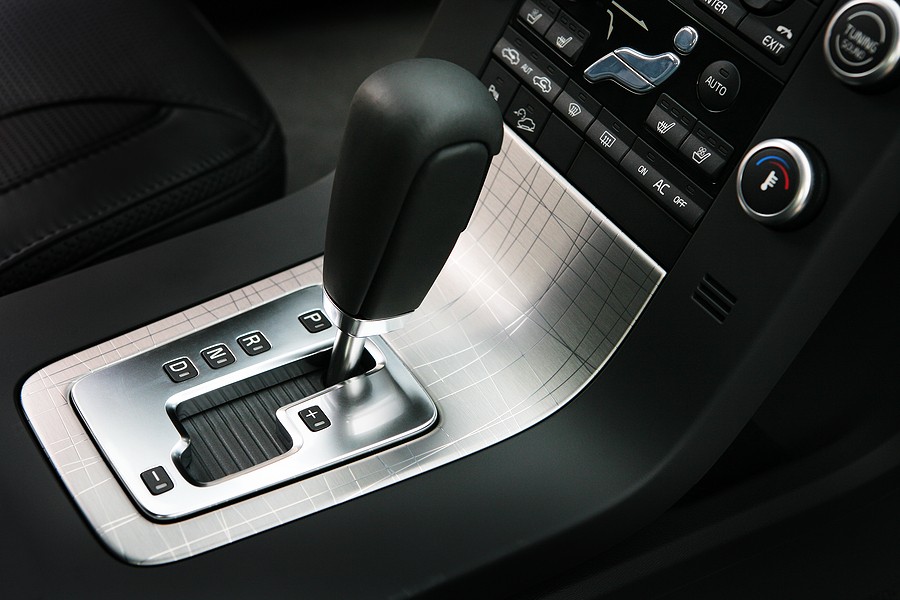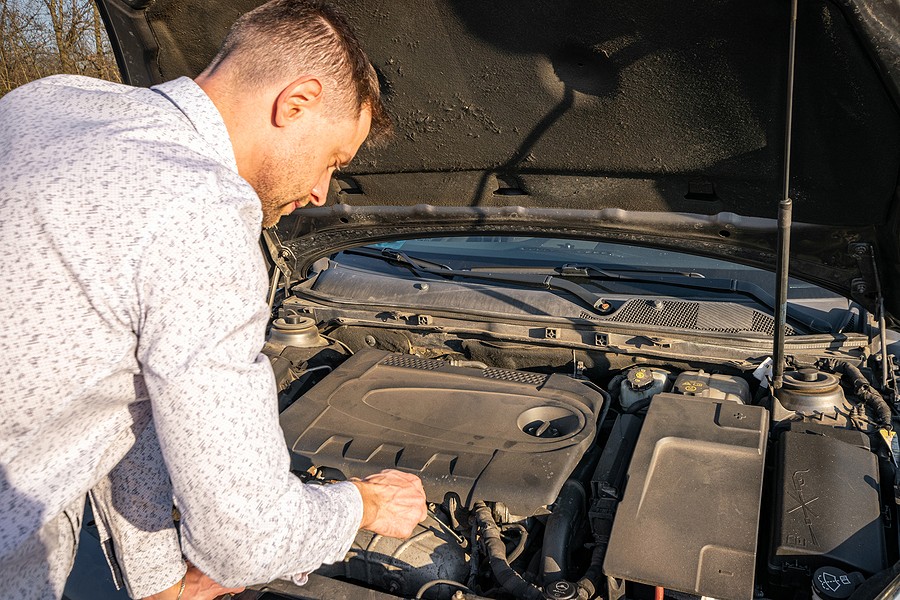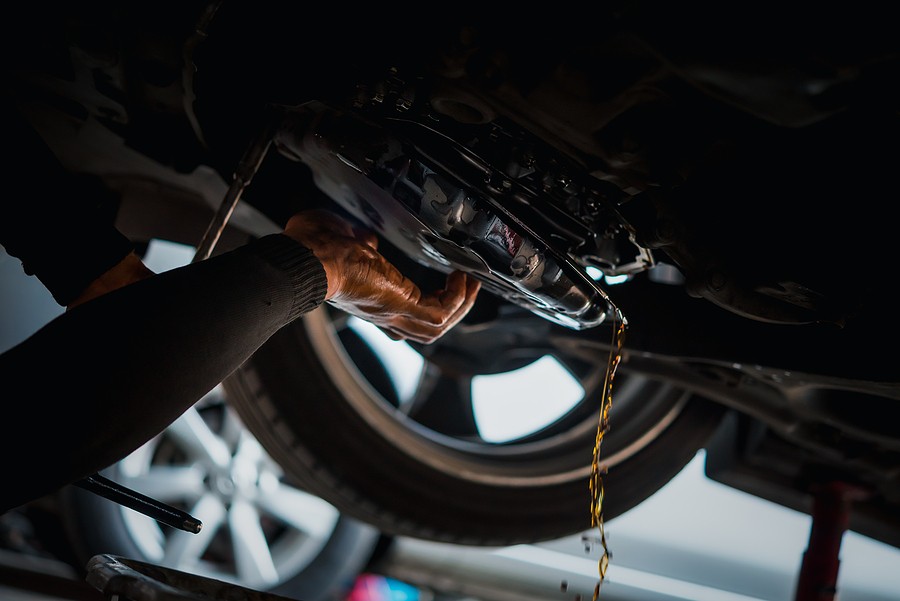Have you ever asked yourself, what transmission does my car have? try the followings:
- Look by vehicle type
- Check your vehicle's owner's manual
- Check the white card on the driver's door
- Look at the transmission oil pan
- Look up the VIN
Your vehicle's transmission is a major component like the engine. Therefore, if you deal with any transmission problems, you must know what transmission you have before moving forward with repairs.
Once you figure out the transmission type, you will take the right repair steps and invest in the correct replacement components.
This article will provide you with all the details you need to know to help you answer the question, what transmission does my car have? Read on for more details!

What is the transmission, and what does it do?
Before we dive into the details to answer the question, what transmission does my car have? First, we must get a general understanding of what is the transmission in the first place and what does it in your vehicle?
The transmission is a major component in your vehicle responsible for changing gears depending on the desired speed, so your vehicle's engine does not work too much beyond what you need.
In other words, the engine is designed to run at a constant revolution per minute. Suppose you don't need all these revolutions in situations where you drive at low speeds. In that case, you'll be only wasting the engine's energy, causing premature damage to your engine and reducing its lifetime.
Thanks to the transmission that is responsible for utilizing these revolutions in a way that does not waste energy and in a way that provides you with a smooth ride and the desired driving speed.
By having a transmission, your vehicle does not overconsume fuel, saving a lot on fuel consumption. Also, you're not overloading the engine, so you're not causing premature damages that will cost you lots of money under pairs.

What are the different types of transmissions?
In the world of transmissions, there are two common types of transmissions that are different depending on the evolution and depending on the way they work:
1. Manual transmissions
As the name suggests, this transmission manually relies on a user's input to shift gears. First, you need to figure out what gear you have to shift your car tail depending on the desired speed you're about to switch to.
Manual transmission allows you as a user to provide the inputs, but it requires specific skills to help you perform the switches in your gears without causing any complications.
In a manual transmission, your transmission fluid is part of operating your transmission. The transmission relies on these hydraulic forces generated by the fluid to operate properly.
Thus, if you don't have the right amount or quality of transmission fluids, you'll find all sorts of problems that prevent you from driving your vehicle properly.
2. Automatic transmissions
The second type is the more advanced type of transmission, where you completely rely on your vehicle to decide how and when to switch gears. Therefore, there is no risk for you to provide the wrong input and cause damage by bad driving habits.
However, since the automatic transmission contains many interaction components, sometimes it's more prone to damage in any of those components, which means that it's not a problem for you.
Driving a vehicle equipped with an automatic transmission is much easier than dealing with all the hassle of figuring out how to switch gears without causing damage to your vehicle. However, many people will still enjoy driving vehicles equipped with manual transmissions, considering the interaction between you and the vehicle as you're driving.
3. CVT transmission
Finally, you might come across a more advanced type of transmission, the CVT or the continuously variable transmission. This type of transmission is more advanced and can adjust and operate across a wide range of vehicle speeds.
Instead of sifting through a specific number of gears, the continuously variable transmission relies on an Infinity number of gears, which means that you wouldn't feel any transmission or shift-like feeling while driving your vehicle.
The biggest benefit of the continuously variable transmission is that you will not have any problems driving your car for longer distances, especially those related to how comfortable you are as you're driving your vehicle.

What transmission does my car have?
It might sound like you can easily figure out what transmission your vehicle have by just looking for a clutch or a gear box and figuring out if it’s a manual or automatic transmission.
However, that's not the whole story because even if you're driving a vehicle equipped with an automatic transmission, there are all sorts of automatic transmissions that have a wide range which means you need to do further investigation to figure out what transmission your car have?
According to automotive experts, there are many ways that you can check to figure out what type of transmission your vehicle has. Let's take a closer look at some of these methods:
1. Look by vehicle type
Many online tools allow you to figure out your transmission type by inputting your vehicle may, model, and end year. However, some of these tools might be free while others are expensive. Therefore, you might want to check out the other options in this list before moving to the paid options to determine your transmission type.
2. Your vehicle's owner's manual
If you've ever wondered, what transmission does my car have? Check out your vehicle's owner's manual. Your manuals would have all the details about your vehicle. It should have information about the engine, the transmission, the brakes, etc.
The manual is a treasure, and you must become a friend of your user manual as much as possible, so you don't deal with complications in your vehicle. Of course, you don't necessarily have to go through every detail on your user's manual but learning one or two things about your vehicle helps you prevent future problems that you're unprepared for.
3. Check the white card on the driver's door
If you don't have add vehicle's owner's manual handy, you can check on the vehicle's door next to the driver's side. It should have information about the engine and the transmission. See if you can read the details from this tag and learn about what transmission does your car have?
4. Look at the transmission oil pan
If you still cannot answer the question, what transmission does my car have? Open the hood and look at the transmission oil pan. It should have A tag that specifies a number for your transmission type.
You want to know what type of transmission by just reading this number. However, you can take this number to your local auto shop or dealership to translate it and figure out what type of transmission you have. You might be some resources online about transmission this transmission type to figure out what type it is, but if you would like accurate details, you can consult your dealer.
5. Look up the VIN
Finally, if you cannot figure out your transmission type, you can always look up your vehicle by its VIN. Many online tools allow you to input the VIN, the vehicle identification number, and figure out the details about it, including what transmission it has and what engine, etc.

What happens when the transmission goes out?
In short, if your transmission goes out, you won't be able to drive your car. The transmission is as important as your engine; if it's not working, the car will fail completely.
Therefore, whenever you deal with transmission problems, you must figure out what transmission your car has and then learn about your options for fixing this transmission.
As we always say, if you find that you must spend thousands of dollars on fixing the transmission, you want to evaluate the situation carefully and see if you should sell your vehicle and then use its value to why a better car or not.
How to extend the lifetime of my transmission?
Despite your transmission type, you must do all needed to extend the lifetime of your transmission and prevent major problems from happening prematurely. There are some recommendations that automotive experts put together that you must implement to prevent major damages despite your transmission type.
Let's take a closer look at some of these recommendations:
1. Maintain your transmission fluid
The transmission fluid is a critical fluid that you must keep up in your car. Whether you're driving a manual, CVT, or even an automatic transmission, you'll have to keep up with that transmission fluid and ensure that it doesn't drop a little at a minimum point.
Along with keeping the right quantity of transmission fluids, you also must keep up with its quality. It would help if you flushed the transmission fluid between now and then and according to what is specified in your vehicle's manual to have the right characteristics. So you don't cause damage to your vehicle's transmission.
2. Follow the recommendations on the right type of fluid
When choosing the transmission fluids, you must follow the recommendations in your vehicle's owner's manual. Saving on this floor does not help you, and it causes the opposite by introducing some damages that your transmission cannot handle.
3. Check the transmission regularly
Maintaining the transmission also involves checking it regularly. Have your mechanic look at the transmission and see if any signs of minor damages are not obvious and you're not paying attention.
Your mechanic should tell you about things that are not failing but are about to fail. This way, you can detect the problem as early as possible and resolve it without spending thousands of dollars on replacing major components.
According to experts, detecting the problems early doesn’t typically require complicated repairs and therefore, does not require investing in expensive parts replacements.

Final thoughts
Your vehicle's transmission is a core component and might go bad for various reasons. Before you take any step further and fix your transmission, the first step you need to do is to understand what type of transmission your vehicle has.
You can figure this out in many ways and help yourself answer that question: What transmission does my car have? This article provided a detailed list of all these options to help you know your vehicle and the transmission type.
As we mentioned earlier, you can check your vehicle's owner's manual, consult your dealership, look at the transmission oil pan for the tag, or look for your transmission type using your vehicle identification number.
If your transmission problems are beyond repair or if they need thousands of dollars for a repair, it might be a perfect time now to sell your vehicle rather not wasting your time and effort. If you would like someone to buy your car considering its massive transmission problems, you can always consult Cash Cars Buyer!
Cash Cars Buyer is one of the top-rated car removal companies in the nation that guarantees to pay you the top dollars and provide you with free towing despite your living location around the United States.
Our process is very straightforward and doesn't take more than a couple of days to get your car removed safely and for the most money.
All it takes you is to:
- Describe your car's type and condition
- Receive our instant free quote
- Accept the quote
- Get your car removed and receive your cash payment on the spot!
To learn more about our process and our team, you can reach out to us by calling us at (866) 924-4608 or by visiting our home page click on the free instant online offer.



